Home>Gardening & Outdoor>Landscaping Ideas>How To Keep A Dog Out Of A Garden Bed
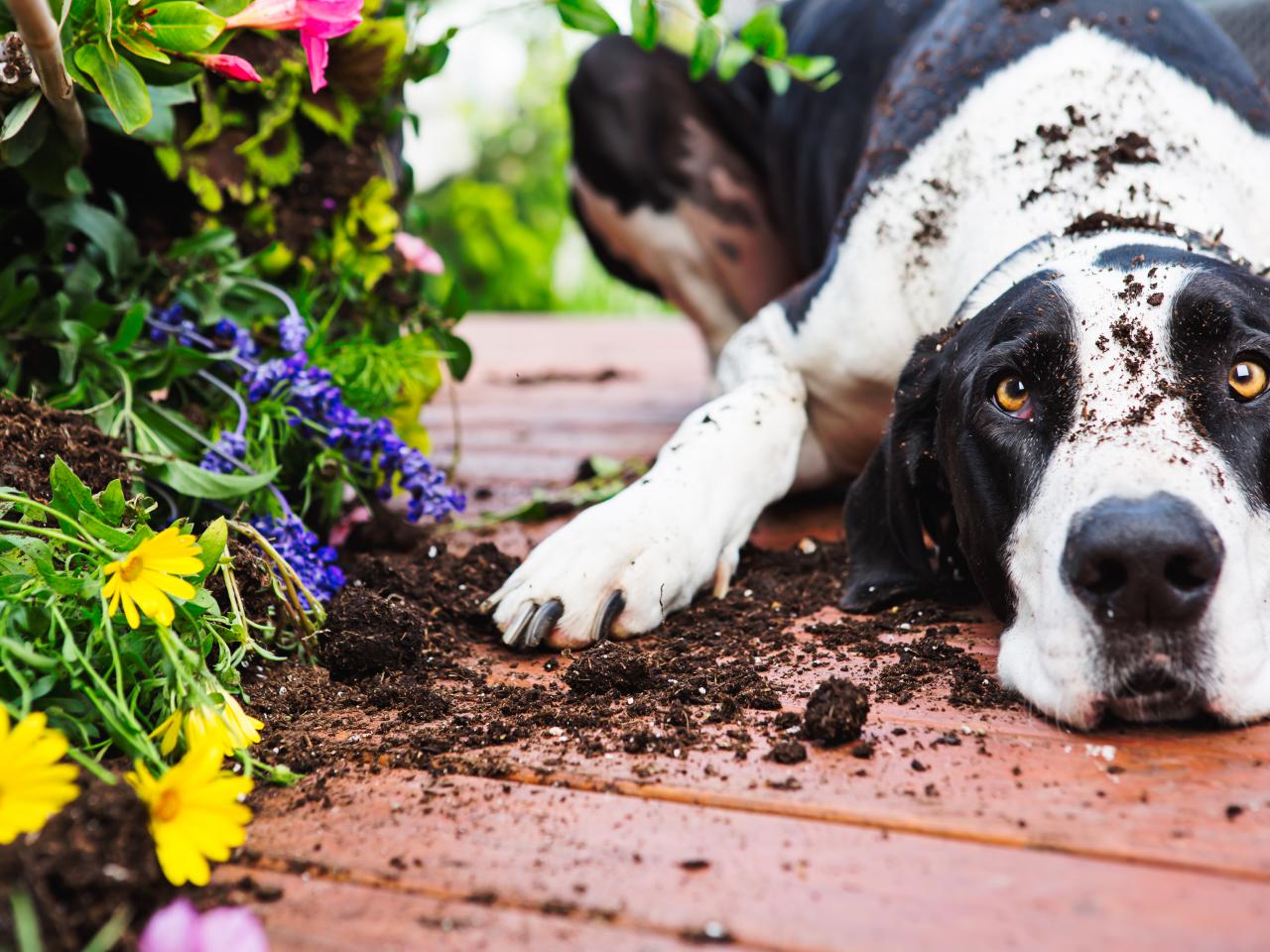

Landscaping Ideas
How To Keep A Dog Out Of A Garden Bed
Published: February 1, 2024
Discover effective landscaping ideas to keep your dog out of garden beds. Explore practical solutions for a beautiful and pet-friendly outdoor space.
(Many of the links in this article redirect to a specific reviewed product. Your purchase of these products through affiliate links helps to generate commission for Storables.com, at no extra cost. Learn more)
Introduction
Maintaining a beautiful garden can be a source of joy and pride for many homeowners. However, the presence of a beloved canine companion can sometimes lead to challenges in preserving the integrity of garden beds. Dogs, with their curious and playful nature, may inadvertently trample delicate plants, dig up soil, or even use garden beds as a cozy spot for a nap. While it's endearing to witness a dog's exuberance in the great outdoors, it's equally important to find effective strategies to keep them out of garden beds without compromising their well-being.
In this comprehensive guide, we will explore various methods to protect your garden beds from the playful antics of your furry friend. From understanding the behavior of dogs to implementing physical barriers, using natural deterrents, and even training your dog, we will delve into practical and humane approaches to address this common challenge. By incorporating these strategies into your gardening routine, you can create a harmonious environment where both your garden and your dog can thrive.
Let's embark on this journey to discover the art of harmonizing the needs of your garden with the joyful presence of your canine companion. Through a blend of empathy, creativity, and practical solutions, you can establish a garden that flourishes while ensuring that your dog remains content and secure within the boundaries of your outdoor sanctuary.
Key Takeaways:
- Understanding your dog’s behavior is key to keeping them out of garden beds. By recognizing their instincts and needs, you can implement effective and considerate strategies to protect your garden while keeping your furry friend happy.
- Use physical barriers, natural deterrents, and gentle training to create a harmonious outdoor space for both your garden and your dog. With empathy and creativity, you can ensure a thriving environment for all.
Understanding the Behavior of Dogs
Dogs are known for their inquisitive and playful nature, traits that often lead them to explore and interact with their surroundings in various ways. When it comes to garden beds, several factors contribute to a dog's inclination to venture into these areas. Understanding these behaviors is crucial in devising effective strategies to keep them out of garden beds while maintaining their well-being.
One common reason dogs are drawn to garden beds is their instinct to dig. This behavior is deeply rooted in their ancestry, as wild canines would dig to create dens or bury food for later consumption. Even domesticated dogs may exhibit this behavior, especially if they are seeking a cool spot to lie down or are enticed by intriguing scents emanating from the soil.
Furthermore, dogs are naturally curious creatures, often motivated by new sights, sounds, and scents. Garden beds, with their array of plants, flowers, and soil, can be a sensory delight for dogs, prompting them to investigate and interact with these enticing elements.
Additionally, dogs may seek out garden beds as a comfortable resting spot. The soft soil and lush vegetation can provide an appealing alternative to their regular sleeping areas, especially on warm days when the cool earth offers respite from the heat.
Understanding these behaviors sheds light on the motivations driving dogs to explore and engage with garden beds. By recognizing the innate instincts and inclinations of dogs, we can approach the task of deterring them from garden beds with empathy and a deeper understanding of their needs and behaviors. This insight will inform the strategies we employ, ensuring that our efforts are not only effective but also considerate of our canine companions' natural tendencies.
By acknowledging and respecting the behavior of dogs, we can implement solutions that address their impulses while safeguarding the integrity of our garden beds. This approach sets the stage for a harmonious coexistence, where both our gardens and our dogs can thrive in a shared outdoor space.
Creating Physical Barriers
When it comes to safeguarding garden beds from the curious paws and playful antics of dogs, physical barriers serve as a practical and effective solution. These barriers not only delineate boundaries within the garden but also provide a clear signal to dogs, establishing areas that are off-limits while ensuring their safety and well-being.
Fencing
Installing a sturdy fence around garden beds is a reliable way to prevent dogs from accessing these areas. Choose a fence that is tall enough to deter jumping or climbing, and ensure that the gaps between the fence posts are narrow enough to prevent curious noses from poking through. Additionally, consider using materials such as metal or vinyl that can withstand the elements and the occasional nudges from inquisitive pets.
Raised Beds
Elevating garden beds by constructing raised platforms can create a natural deterrent for dogs. The increased height not only makes it more challenging for dogs to access the plants and soil but also provides a visual barrier that signals the boundary of the garden bed. Raised beds can be constructed using materials such as wood or composite lumber, offering a durable and aesthetically pleasing solution.
Read more: How To Keep A Dog Out Of A Garden
Decorative Borders
Incorporating decorative borders around garden beds not only enhances the visual appeal of the garden but also serves as a functional barrier to discourage dogs from entering these areas. Options such as low walls, decorative stones, or ornamental fencing can effectively demarcate the garden beds while complementing the overall design of the outdoor space.
Planters and Containers
Utilizing planters and containers for delicate or vulnerable plants offers a versatile approach to protecting them from canine interference. These portable barriers can be strategically placed within garden beds, providing a safe haven for plants while allowing for easy repositioning as needed. Opt for sturdy and stable planters that can withstand the occasional nudges or playful curiosity of dogs.
By implementing these physical barriers, we can create a harmonious environment where dogs and garden beds coexist without conflict. These solutions not only protect the integrity of the garden but also contribute to the safety and well-being of our beloved canine companions. With a thoughtful blend of practical barriers and empathetic consideration for our dogs' needs, we can establish a garden that flourishes while ensuring that our furry friends remain content and secure within the outdoor space.
Using Natural Deterrents
Incorporating natural deterrents into our gardening strategy offers a gentle yet effective approach to dissuade dogs from venturing into garden beds. By harnessing the power of scents, textures, and plants, we can create an environment that naturally discourages canine interference while respecting their sensory experiences.
Aromatic Plants and Herbs
Strategically planting aromatic herbs and plants known for their strong scents can serve as a natural deterrent for dogs. Species such as lavender, rosemary, and citronella emit fragrances that are pleasant to humans but often repel dogs due to their potent nature. These plants can be interspersed throughout garden beds, creating a natural olfactory barrier that discourages dogs from exploring these areas.
Read more: How To Keep Dogs Out Of Landscaping
Citrus and Bitter Substances
The use of citrus-based scents and bitter substances can effectively deter dogs from approaching garden beds. Citrus peels, diluted citrus essential oils, or bitter apple spray can be applied to the perimeter of garden beds to create an invisible barrier that dogs find unappealing. The strong citrus aroma and bitter taste act as natural repellents, prompting dogs to steer clear of treated areas.
Texture-Based Solutions
Incorporating texture-based deterrents, such as rough mulch or prickly ground cover, can create an uncomfortable surface for dogs to walk on, dissuading them from entering garden beds. Materials like pine cones, gravel, or rough bark can be strategically placed to create an uneven terrain that dogs find less inviting, effectively deterring them from exploring these areas.
Motion-Activated Sprinklers
Motion-activated sprinkler systems provide an innovative and non-invasive method to deter dogs from garden beds. These devices are equipped with sensors that detect movement, triggering a sudden burst of water when a dog approaches the protected area. The unexpected spray startles the dog, creating a negative association with the garden beds and discouraging further exploration.
By integrating these natural deterrents into our gardening practices, we can establish a harmonious outdoor environment where dogs and garden beds coexist with minimal conflict. These gentle yet effective strategies not only safeguard the integrity of the garden but also prioritize the well-being and comfort of our canine companions. With a thoughtful blend of natural deterrents and empathetic consideration for our dogs' sensory experiences, we can create a garden that thrives while ensuring that our furry friends remain content and secure within the outdoor space.
Training Your Dog
Training your dog to respect the boundaries of garden beds is a proactive and empowering approach that fosters mutual understanding and reinforces positive behavior. By incorporating gentle and consistent training techniques, you can effectively communicate the expectations regarding garden bed etiquette to your canine companion, nurturing a harmonious coexistence within your outdoor space.
Read more: How To Keep Dogs Off The Bed
Positive Reinforcement
Utilize positive reinforcement techniques to encourage desirable behavior around garden beds. When your dog refrains from entering the garden beds or responds to cues to move away from these areas, offer verbal praise, gentle petting, or small treats as a form of positive reinforcement. By associating these actions with positive experiences, your dog will be motivated to repeat the behavior, gradually internalizing the expectation of respecting the boundaries of the garden beds.
Clear Verbal Cues
Establish clear and consistent verbal cues to communicate the boundaries of the garden beds to your dog. Use simple and distinct commands, such as "off" or "leave it," to signal that the garden beds are off-limits. Pair these verbal cues with gentle redirection, guiding your dog away from the garden beds and toward designated play or rest areas. With patience and repetition, your dog will learn to associate these cues with the appropriate behavior, contributing to a respectful and harmonious environment within the outdoor space.
Designated Play Areas
Create designated play areas within the outdoor space to channel your dog's energy and curiosity away from the garden beds. Incorporate interactive toys, agility equipment, or designated play surfaces to provide engaging and stimulating outlets for your dog's natural instincts. By offering alternative spaces for play and exploration, you can redirect your dog's attention away from the garden beds, reinforcing the concept of designated areas for specific activities.
Supervised Exploration
Supervise and actively engage with your dog during outdoor activities, particularly in the vicinity of garden beds. By maintaining a presence and providing gentle guidance, you can intervene and redirect your dog's attention if they show interest in the garden beds. This hands-on approach allows you to reinforce the boundaries through consistent and attentive interaction, fostering a deeper understanding of the expected behavior around garden beds.
Read more: How To Clean Out A Garden Bed
Consistency and Patience
Consistency and patience are key elements in the training process. Establishing clear expectations and consistently reinforcing the boundaries of the garden beds will contribute to the gradual internalization of these guidelines by your dog. Patience is essential, as learning and behavior modification take time and repetition. By approaching the training process with empathy and understanding, you can cultivate a positive and cooperative dynamic with your dog, ultimately fostering a respectful and harmonious coexistence within the outdoor space.
By incorporating these training strategies into your interactions with your dog, you can cultivate a shared understanding of the boundaries surrounding garden beds, nurturing a harmonious environment where both your garden and your dog can thrive. Through positive reinforcement, clear communication, and patient guidance, you can empower your dog to respect the designated areas within the outdoor space, fostering a sense of mutual respect and cooperation.
Conclusion
In the intricate tapestry of outdoor living, the coexistence of garden beds and our beloved canine companions is a delicate balance that requires empathy, creativity, and practical solutions. As we conclude this journey of harmonizing the needs of our gardens with the joyful presence of our dogs, it becomes evident that the art of keeping dogs out of garden beds is not merely about erecting physical barriers or implementing deterrents. It is a nuanced dance of understanding, compassion, and thoughtful strategies that honor the natural inclinations of our canine friends while safeguarding the beauty and vitality of our outdoor sanctuaries.
By delving into the behavior of dogs, we gained valuable insights into their innate instincts and inclinations, laying the foundation for solutions that respect their natural tendencies. Understanding the motivations driving dogs to explore and engage with garden beds allowed us to approach the task of deterring them with empathy and a deeper understanding of their needs and behaviors.
The creation of physical barriers emerged as a practical and effective strategy, delineating boundaries within the garden while ensuring the safety and well-being of our dogs. From sturdy fencing to raised beds and decorative borders, these solutions not only protect the integrity of the garden but also contribute to the safety and well-being of our beloved canine companions.
Incorporating natural deterrents into our gardening practices offered a gentle yet effective approach to dissuade dogs from venturing into garden beds. By harnessing the power of scents, textures, and plants, we created an environment that naturally discouraged canine interference while respecting their sensory experiences.
Furthermore, training our dogs to respect the boundaries of garden beds proved to be a proactive and empowering approach that fostered mutual understanding and reinforced positive behavior. Through positive reinforcement, clear verbal cues, and designated play areas, we communicated the expectations regarding garden bed etiquette to our canine companions, nurturing a harmonious coexistence within our outdoor space.
As we navigate the intricate interplay between our gardens and our dogs, we are reminded that the pursuit of a flourishing outdoor environment is not a quest for exclusion, but rather a journey toward understanding, adaptation, and coexistence. By embracing the unique needs and behaviors of our canine companions, we can cultivate a shared outdoor space where both our gardens and our dogs can thrive in harmony.
In this shared space, the vibrant blooms and lush foliage of our garden beds intertwine with the playful energy and gentle presence of our dogs, creating a tapestry of life that reflects the beauty of coexistence. Through a thoughtful blend of practical solutions, empathetic consideration, and a deep appreciation for the bond between humans and dogs, we have woven a narrative of harmony and balance within the outdoor sanctuary we call home.
Frequently Asked Questions about How To Keep A Dog Out Of A Garden Bed
Was this page helpful?
At Storables.com, we guarantee accurate and reliable information. Our content, validated by Expert Board Contributors, is crafted following stringent Editorial Policies. We're committed to providing you with well-researched, expert-backed insights for all your informational needs.
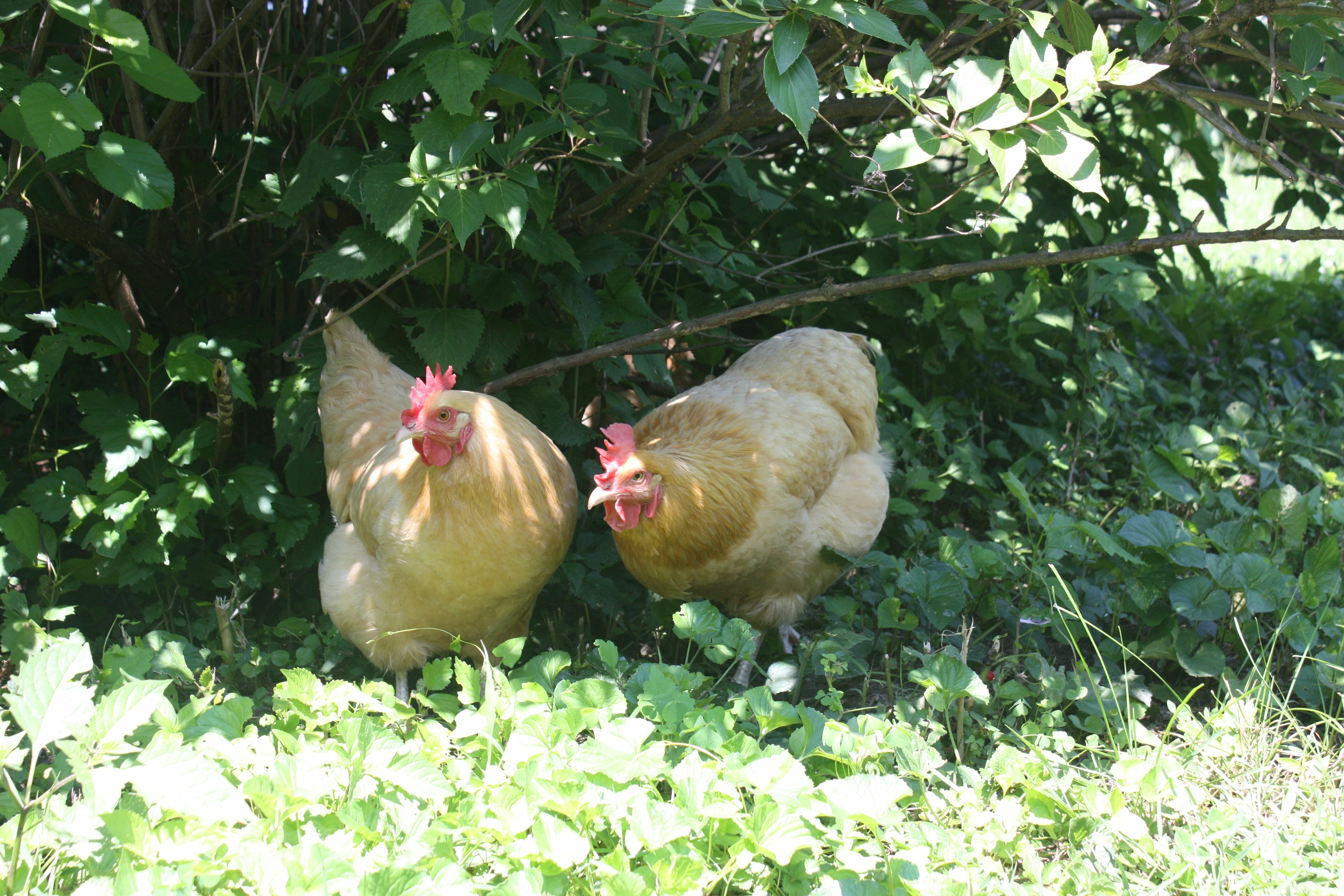

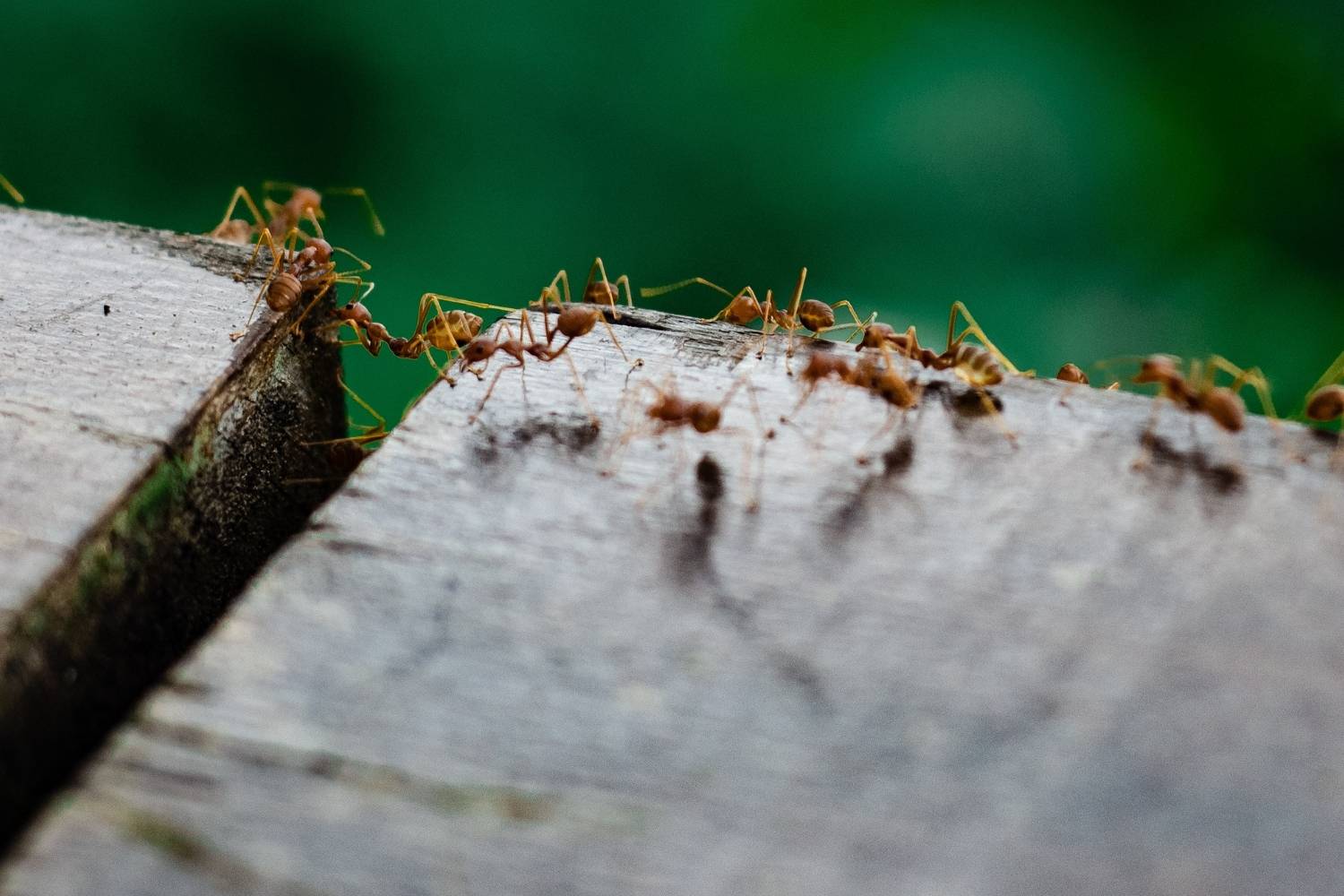
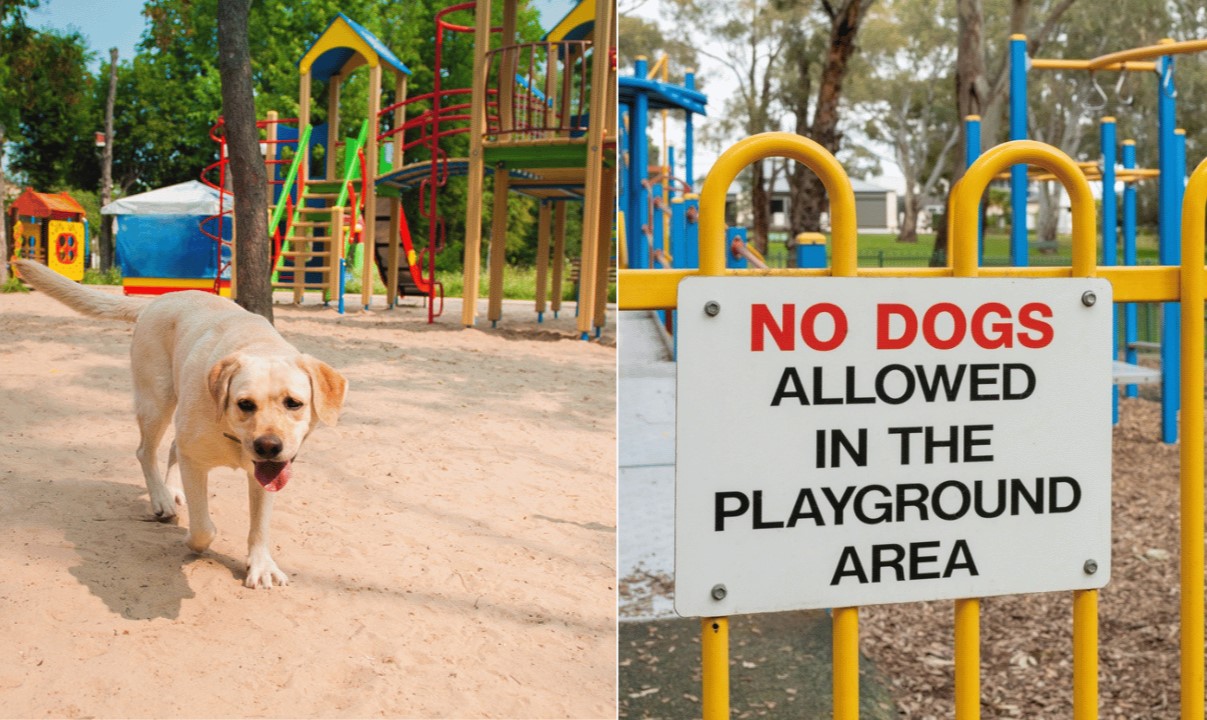
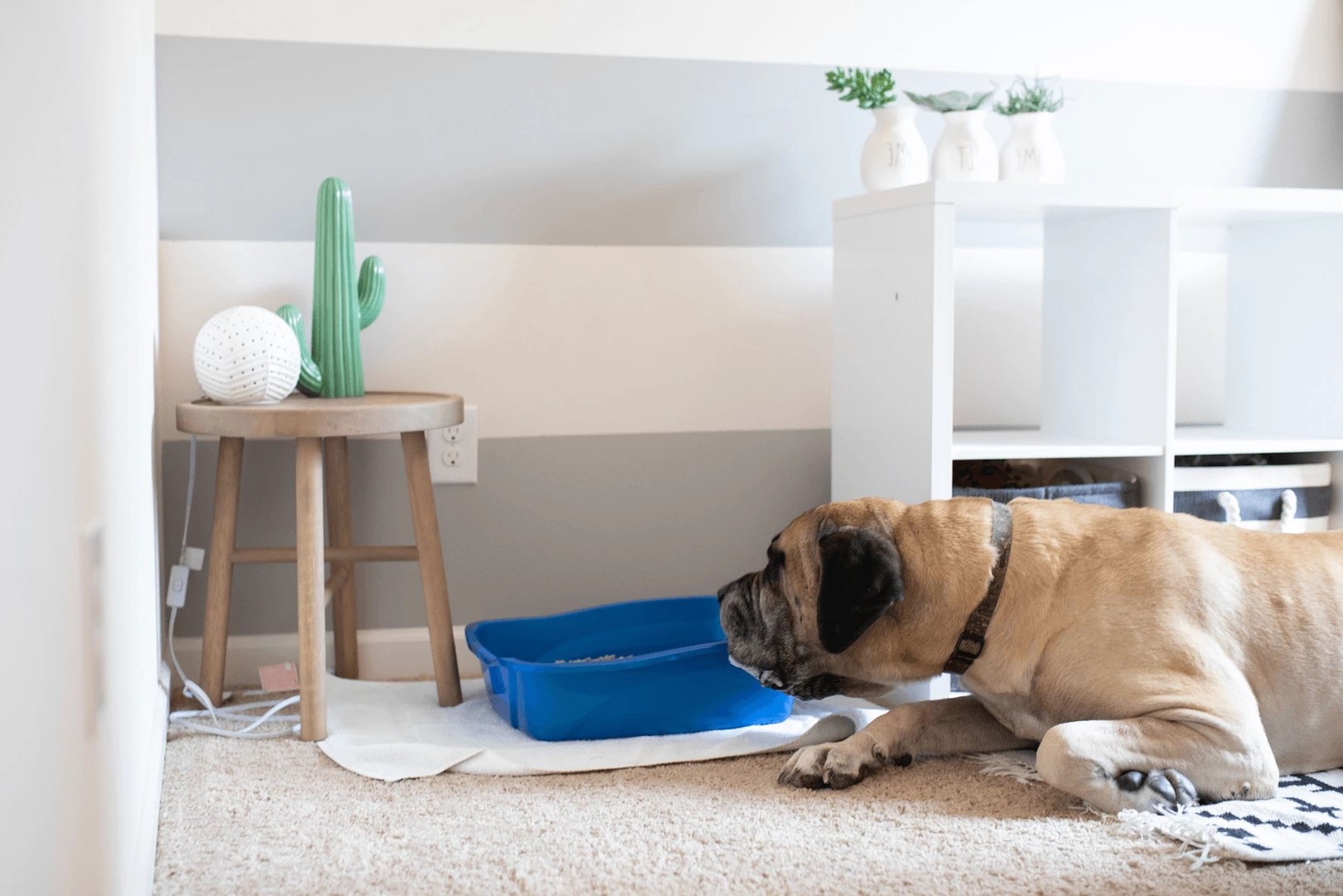
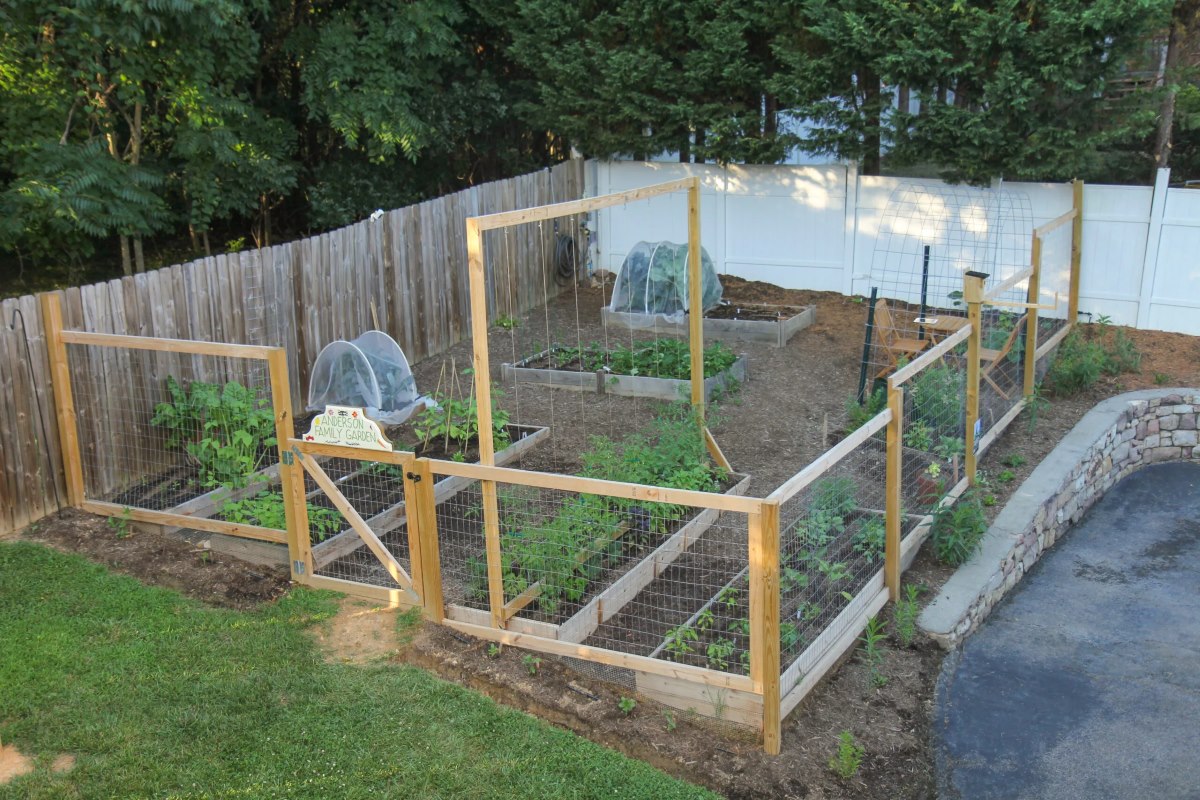
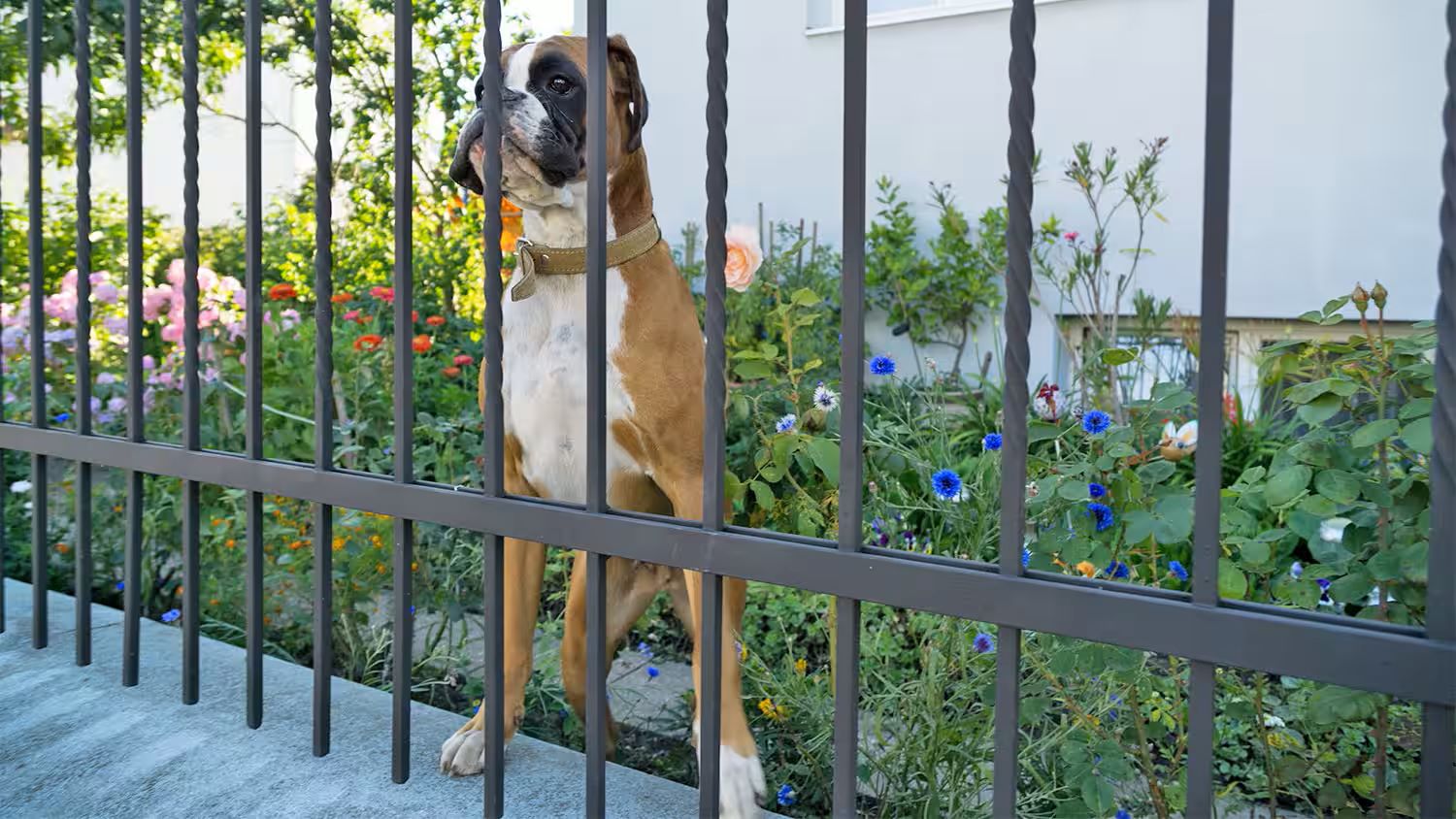
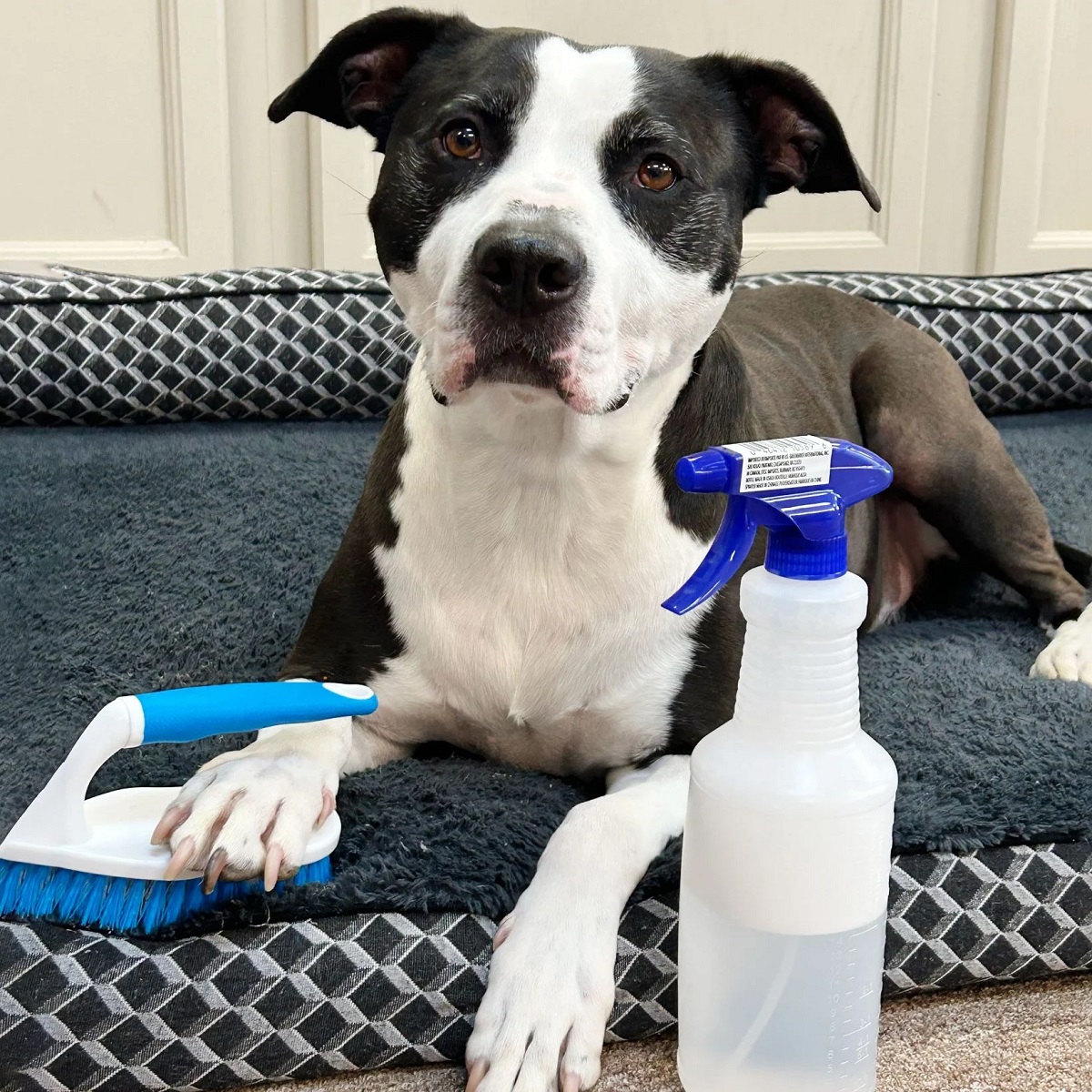
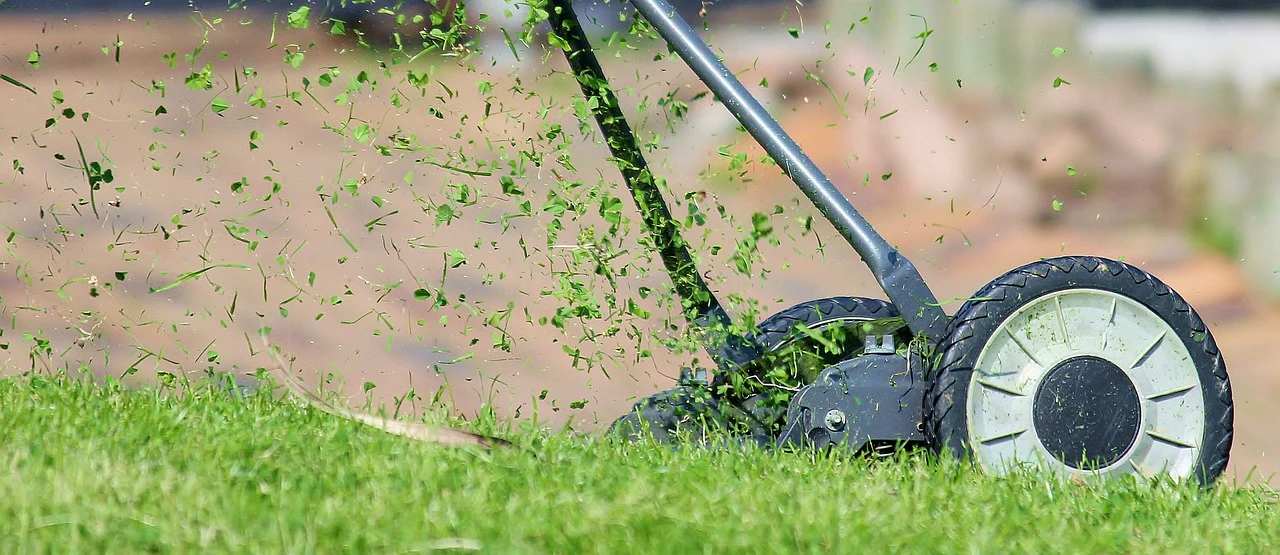
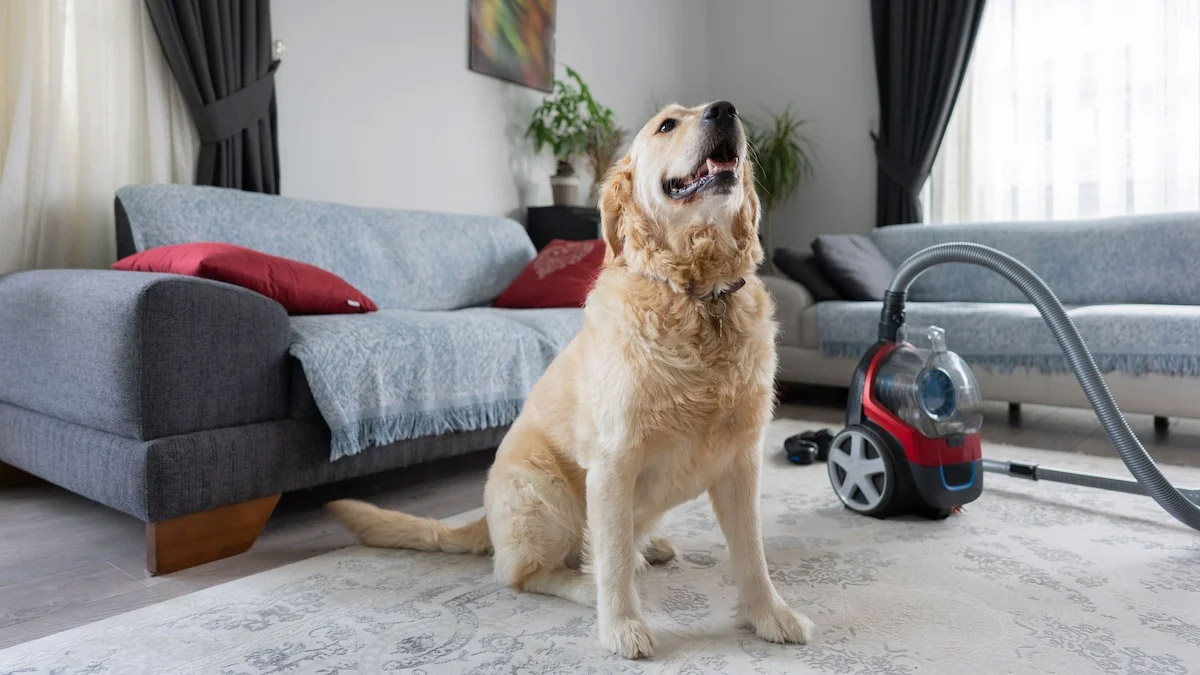
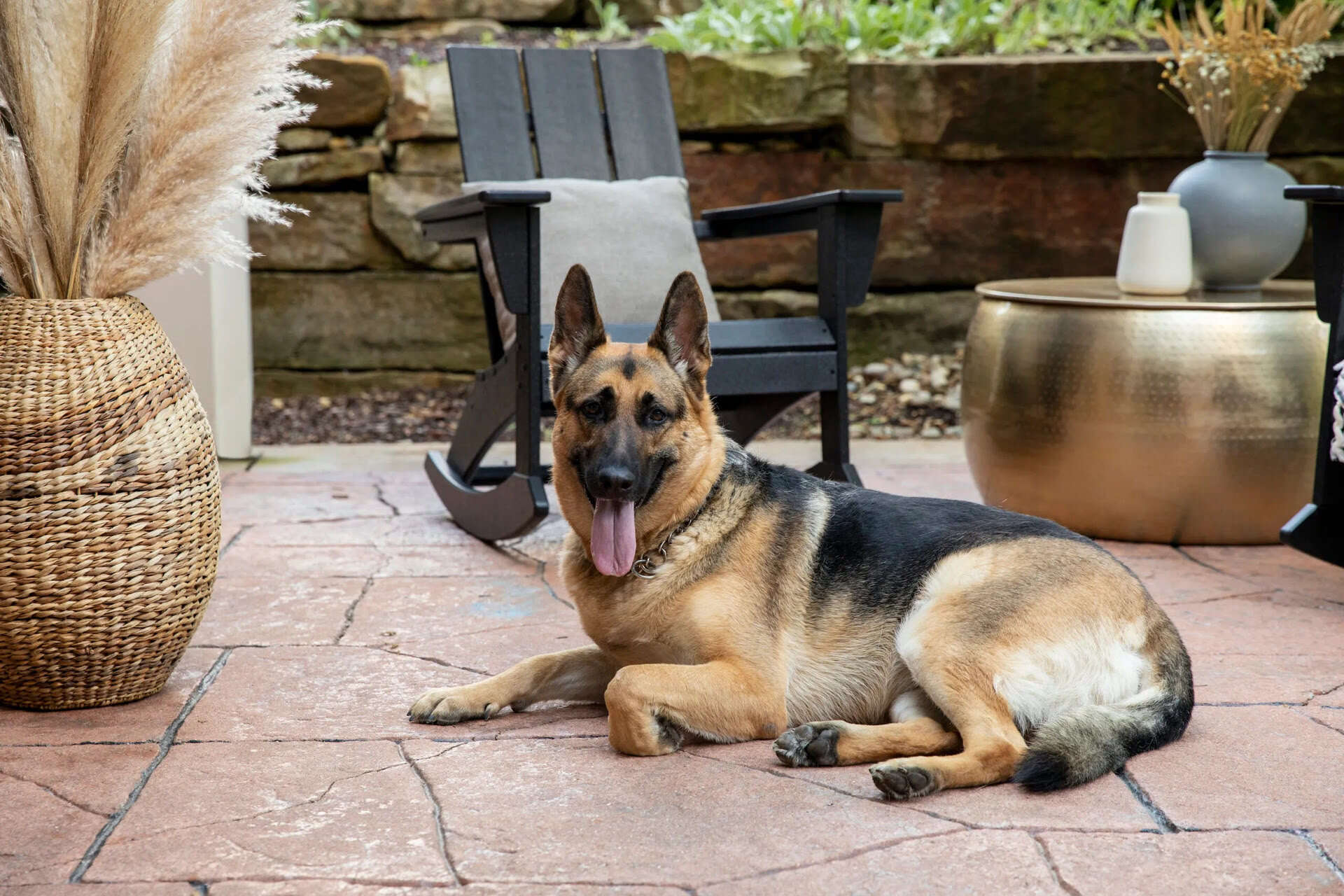

0 thoughts on “How To Keep A Dog Out Of A Garden Bed”